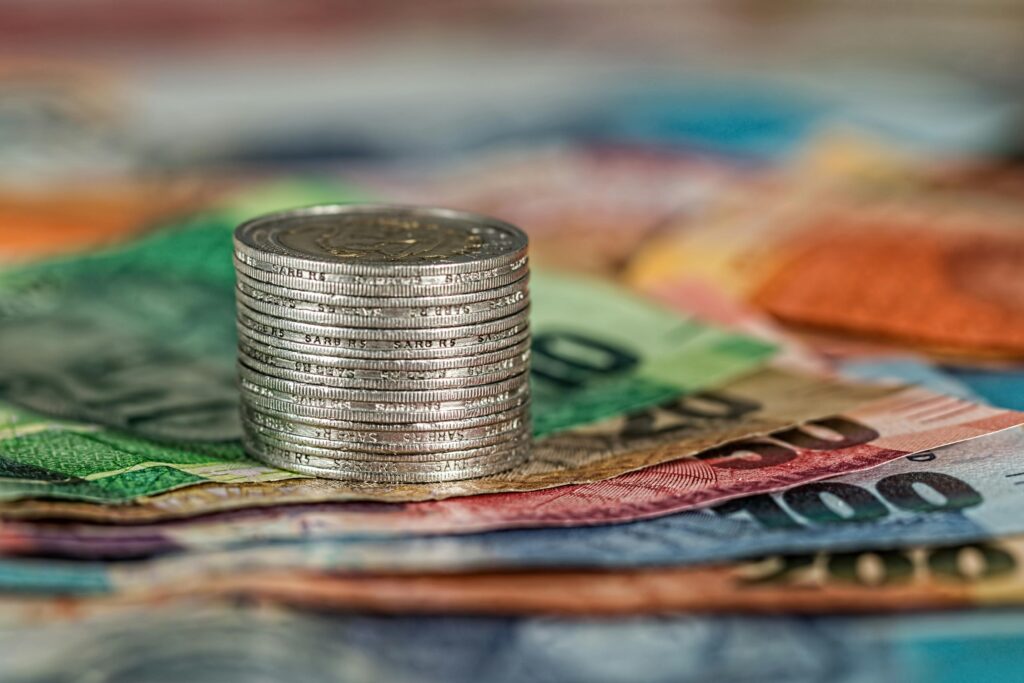
In Argentina today, money talks but mostly as the butt of a joke.
As the nation grapples with some of the highest inflation rates in the world, its currency the peso has taken on a bizarre new role: comic relief. Once a symbol of national identity, the peso is now a unit of irony, its value so unstable that locals no longer measure worth in money, but in fernet bottles, soccer stickers, or sheer disbelief.
🥃 A New Currency: Bottles, Cards, and Crypto
In Buenos Aires, the humor has gone public. A trendy café recently offered a pricing scheme where customers could pay “whichever is worth more” cash or crypto. The tongue-in-cheek promotion wasn’t just clever marketing. It reflected a deeper, sadder truth: the peso has lost so much ground that digital currencies and collector items like Lionel Messi trading cards often hold more value and stability than the national tender.
On social media, memes have taken over. One viral tweet listed prices in “Litros de Fernet,” Argentina’s unofficial national liquor, while another declared, “In 2020 I saved for a house; in 2025 I might afford a sandwich.”
“We joke because if we don’t laugh, we cry,”
said Camila Torres, a marketing student, as she posted a TikTok comparing inflation to a toxic relationship: “He never texts back, he only takes more.”
🛠️ Survival, One Sticker Shock at a Time
But behind the gallows humor is a society in slow-motion freefall. The latest figures show annual inflation surpassing 270%, wiping out wages, decimating savings, and forcing small businesses to change prices multiple times per week.
For shopkeepers and restaurant owners, it’s a daily balancing act between realism and absurdity. At a hardware store in Córdoba, the owner has replaced price tags with QR codes that link to real-time pricing updates. When asked why, he shrugged, “By the time I print the price, it’s wrong.”
One store clerk compared her price gun to a weapon of war. “You reload it constantly. You use it all day. You hate what it does, but you need it to survive,” she said.
⚖️ Living in the Absurd, Hoping for the Real
Argentina’s economic turbulence isn’t new, but this particular cycle feels different. People have adapted—sometimes beautifully, sometimes bitterly. It’s a kind of national resilience that seems built into the culture: facing collapse not just with protest, but with punchlines.
The memes, the jokes, and the creative accounting aren’t just distractions they’re expressions of frustration, survival, and even hope. They offer a way to process instability that can’t be solved overnight or explained by any central banker.
As one local economist put it, “We may not have price stability, but we do have emotional fluency. That’s something.”
And maybe that’s the real currency of modern Argentina: the ability to find clarity in chaos, to turn hyperinflation into satire, and to keep living and laughing through it all.







